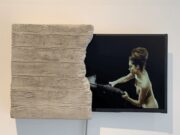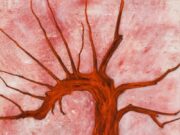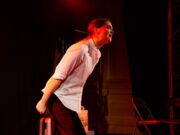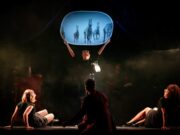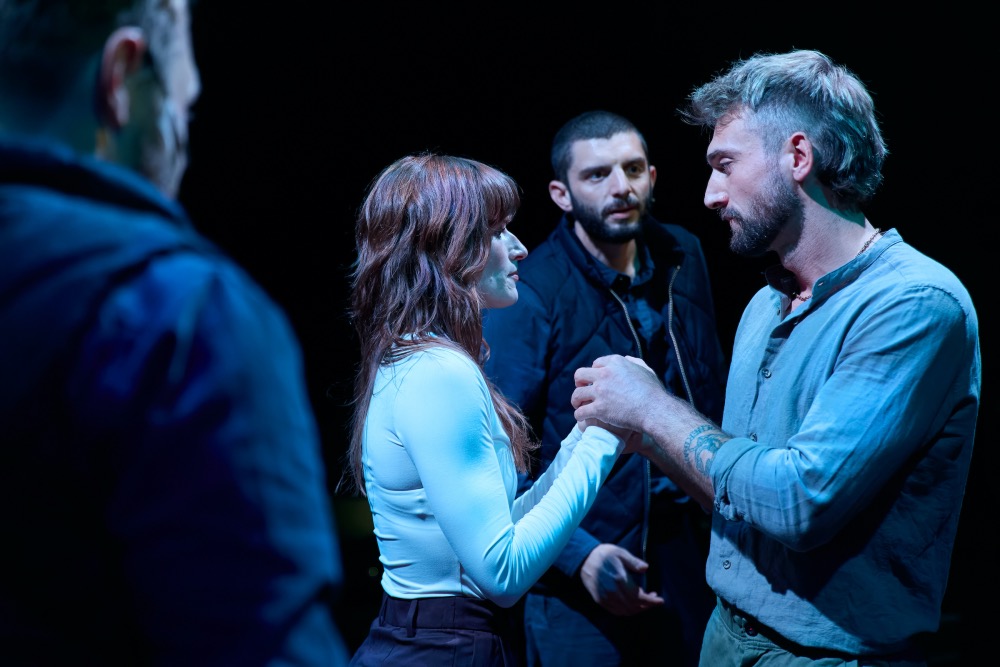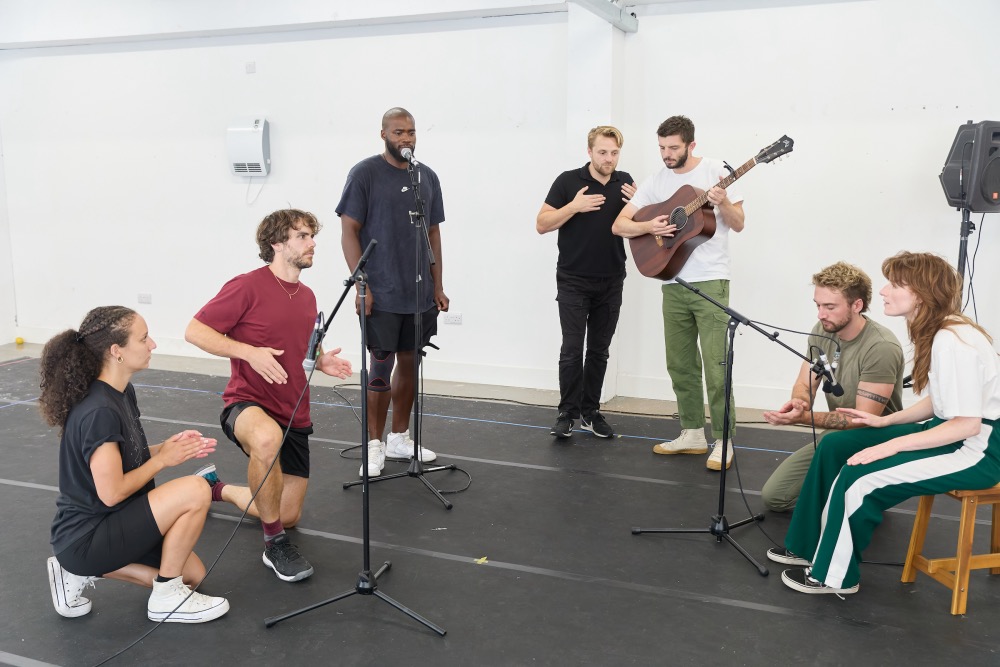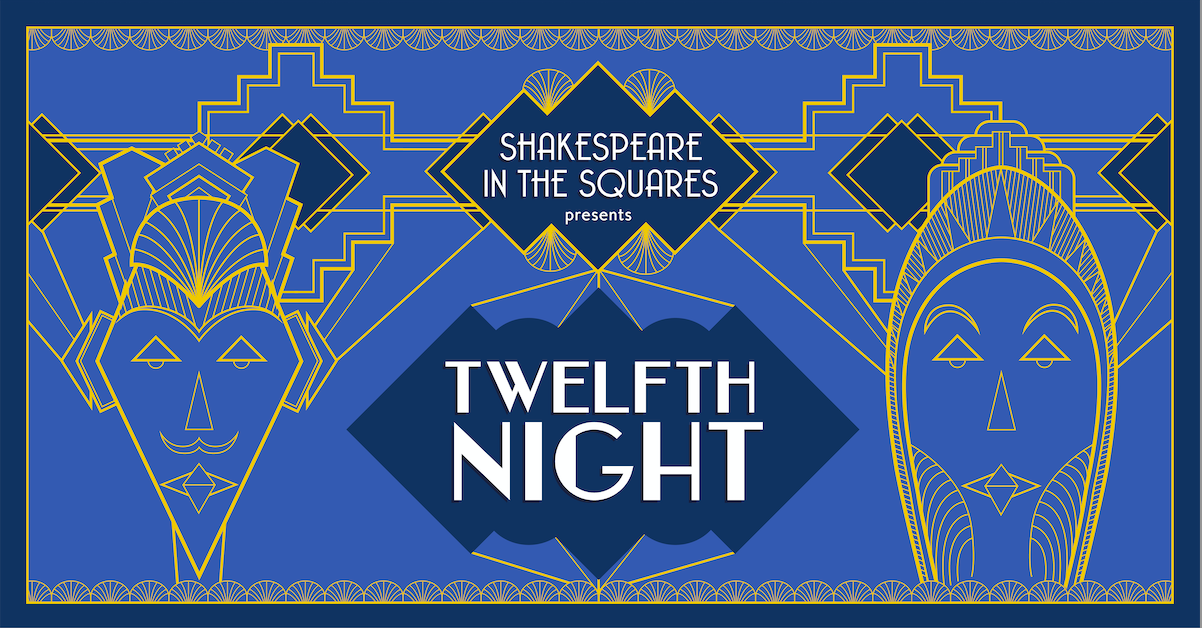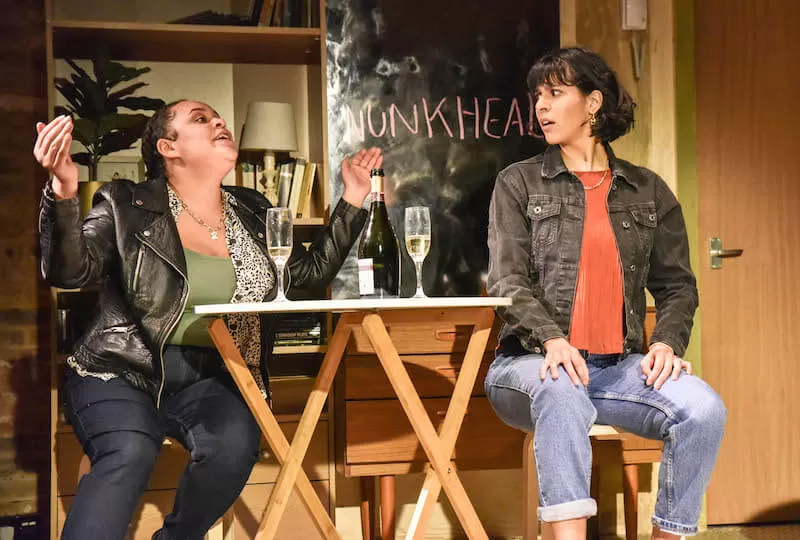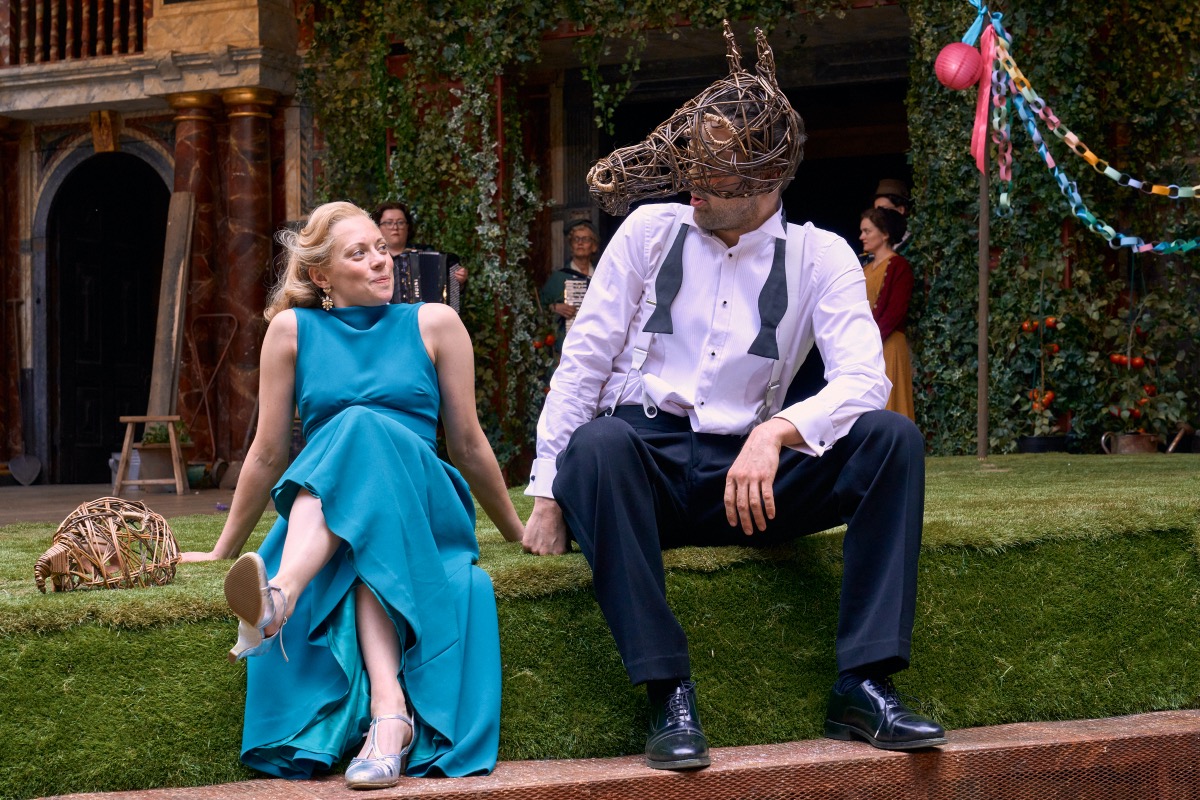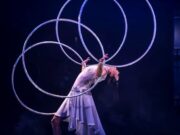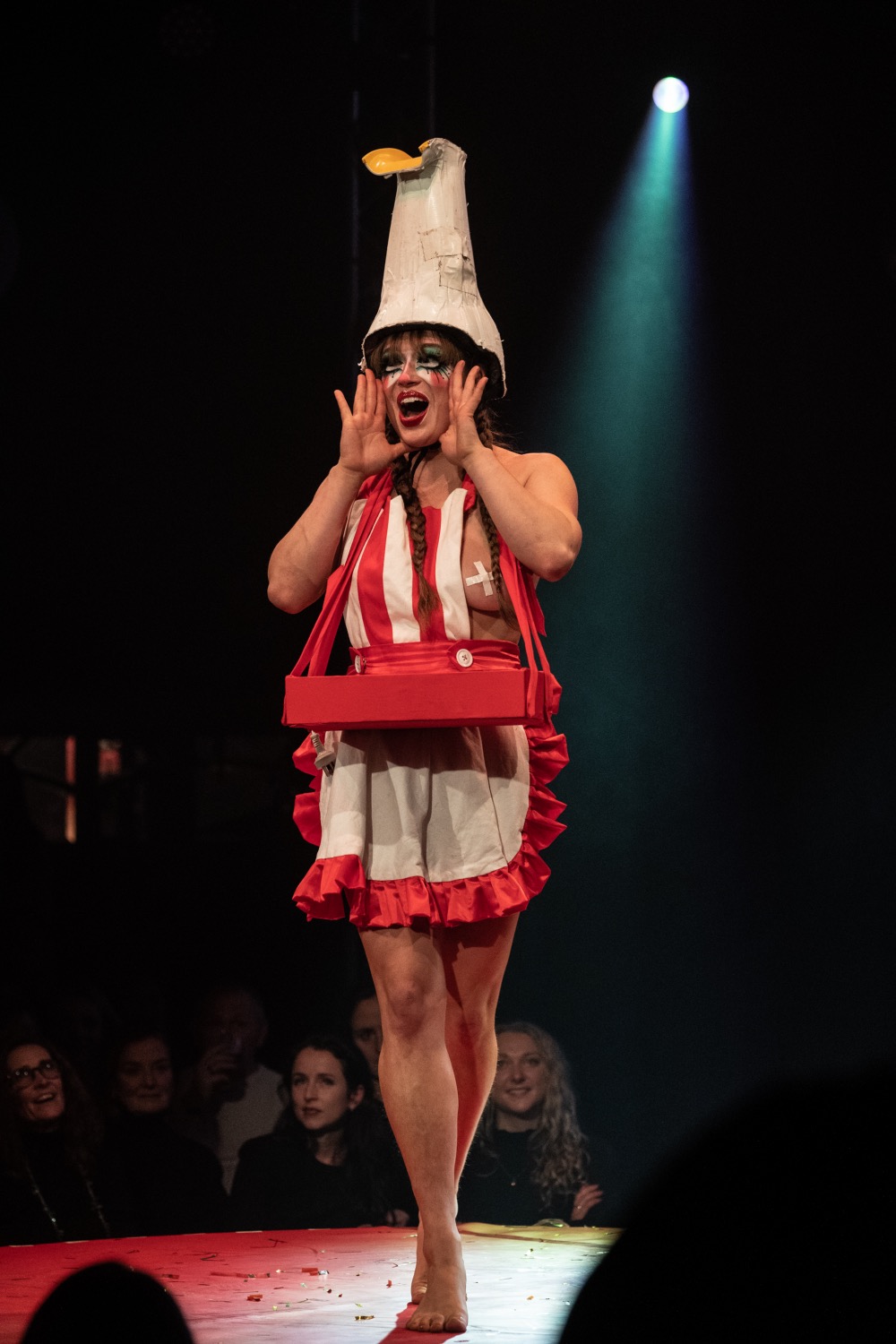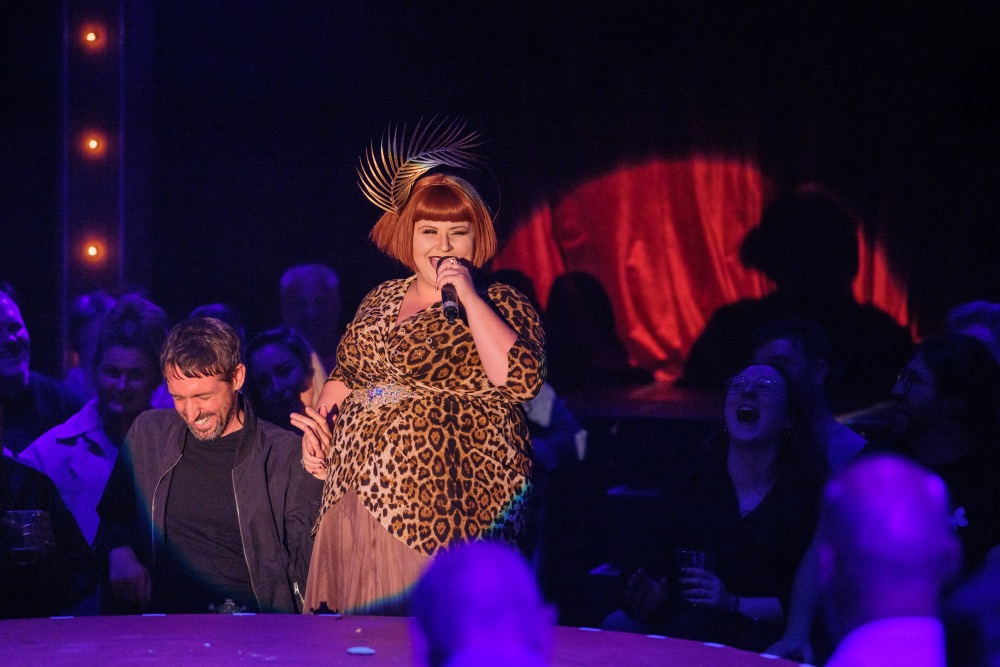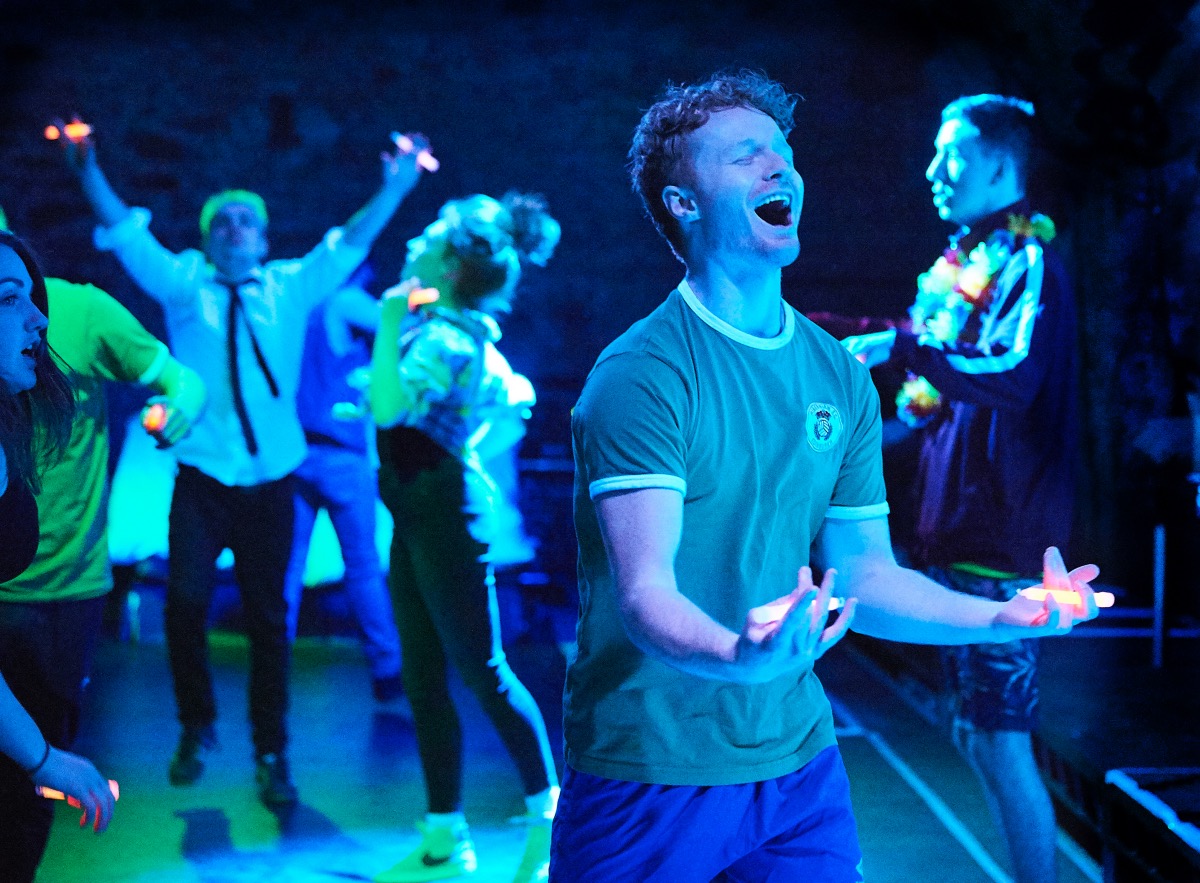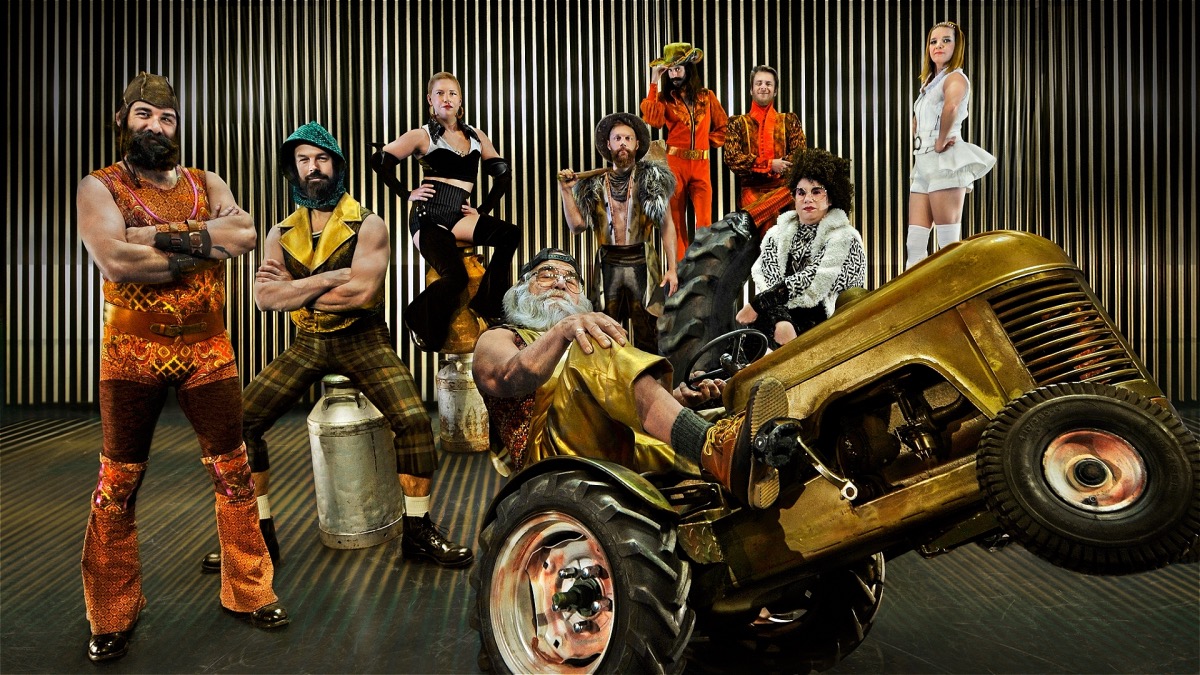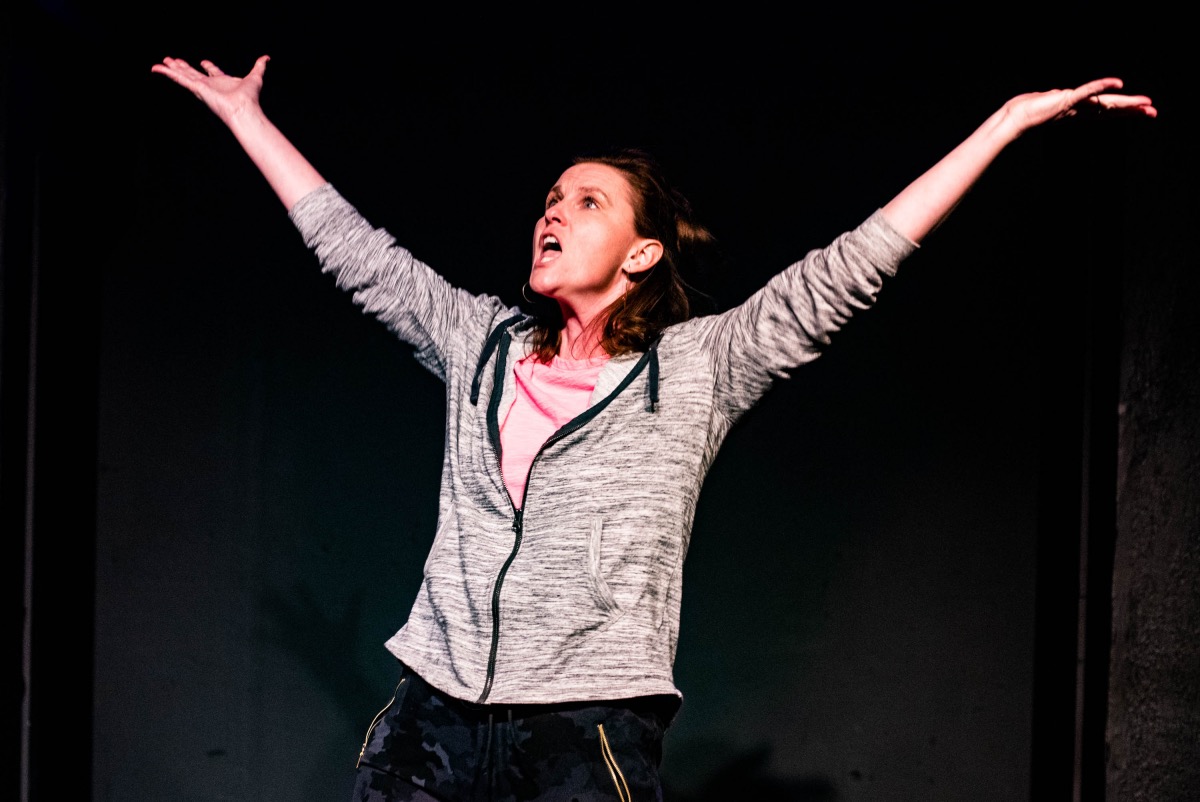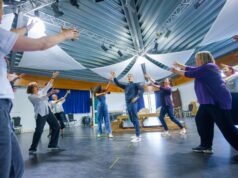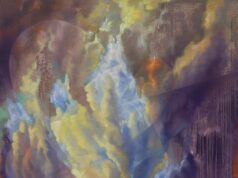The Royal Academy celebrates its 250th birthday with a £56m makeover. It opened to the public on the 19th of May with a weekend of celebration, tours and parties.
In early May they completed a massive building project, transforming its Mayfair campus. This involved the joining of two buildings, Burlington House and Burlington Gardens.
It was originally established in 1768 to train artists, promote art and design by raising the profile of art and architecture in Britain and also by “creating a direct relationship between artists and the public” according to Christopher Le Brun – President of the RA. (Source: RA 250 Magazine)
Le Brun believes the academy has maintained its place in the “cultural landscape” where “you hear the voice of the artist directly and unmediated.”
British painter, Sir Joshua Reynolds was the Royal Academy’s first president in the 18th century. To this day, it is still an artist-led organisation, run by its Academicians, a self-selected peer group of artists and architects.
“An institution,” says Simon Wilson, RA Magazine’s columnist, “where the inmates are in charge of the asylum”. It was born of a “fractious quarrel” between rival factions within its original predecessor, the society of artists.
A group of older members broke off from the society and took a petition to George III, who happened to be an art lover, asking him to establish an academy under “royal patronage”.
Since its creation, the art landscape has changed drastically. Back in the 18th century, the main patrons of the arts were the aristocracy. Today we see more and more public art spaces and private galleries with art dealers.
The RA Schools runs a ‘no fees’ postgraduate programme, where they accept only 17 students a year. Students are not marked on their work affording them more freedom of expression independent of government guidelines.
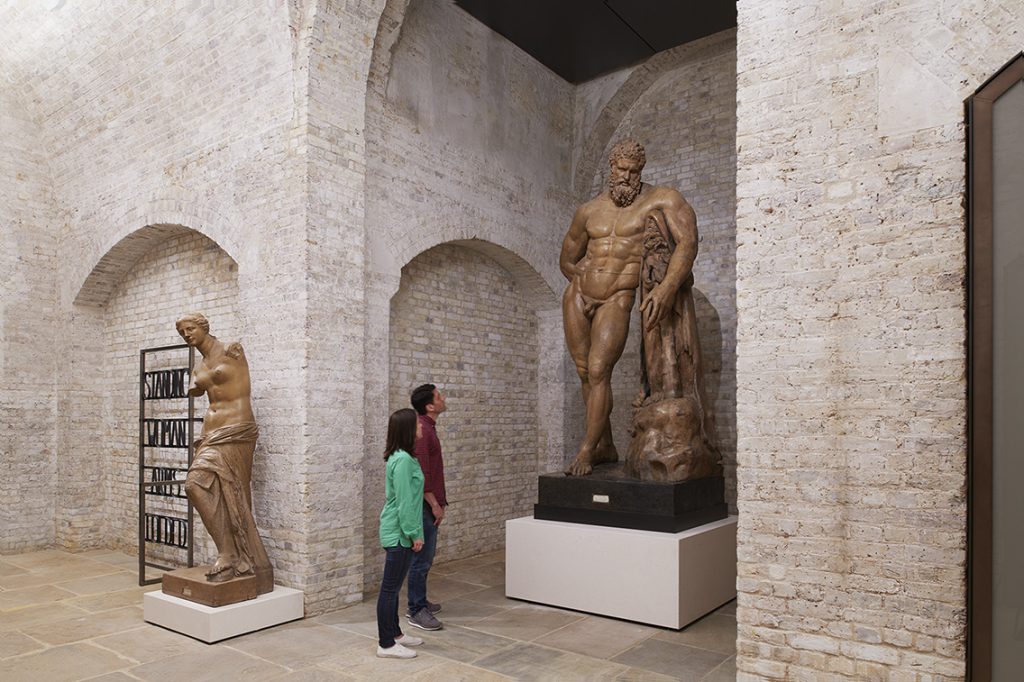
As you walk through the vaults from the Piccadilly entrance, you see sculptures from the RA’s Collections. These sculptures were previously not on display to the general public due to lack of space. They instead were used by students to learn from the masters until they would graduate to drawing life models.
In the new gallery, you will see from the collections, the vast array architectural cloisters mounted on the walls also used by the students as a drawing resource.
From the vaults, you are lead to the Weston studio and the new Weston bridge, which joins the two buildings.
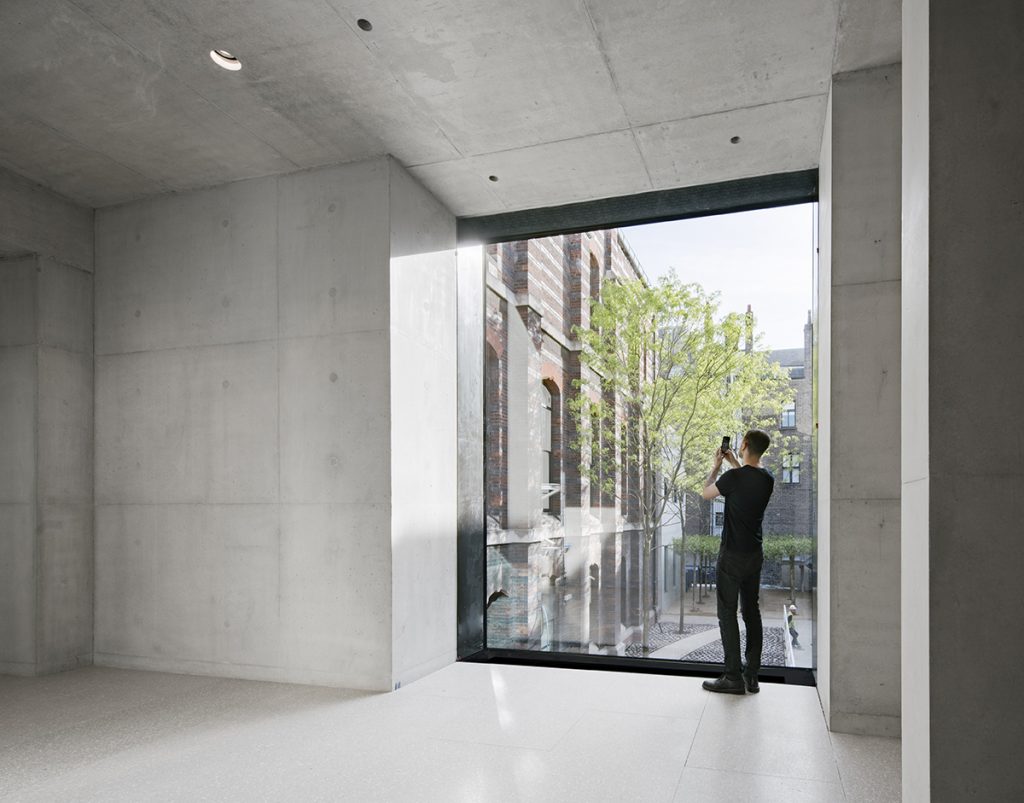
Before the expansion, much of the RA’s collection had been out on long loan. Now some yet not all of the works can be seen in the new collections gallery which is free of charge to the general public.
Here you will see a direct copy of Leonardo de Vinci’s Last Supper, believed to have been painted by one of Da Vinci’s assistants. The original, a fresco resides in a chapel in Milan, Italy. Where the original fresco has faded over the centuries this painted version retains all the detail and vibrancy.
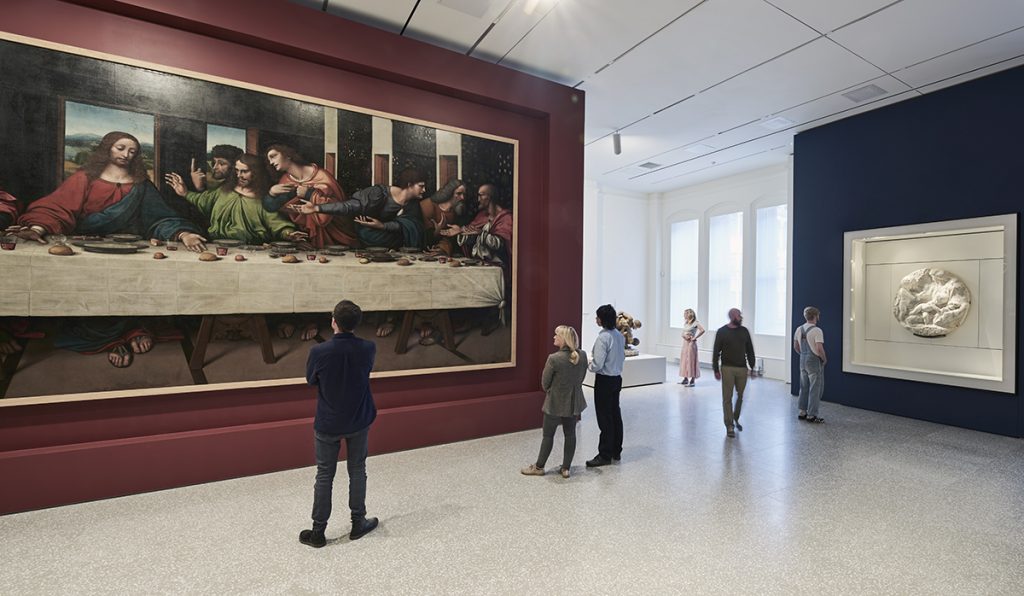
The Royal Academy does not receive any public money. It relies on the revenue from its “friend” members, the money they get for the annual Summer exhibition and other exhibitions throughout the year.
In 1870, the public could view paintings by Velázquez, Holbein, Rembrandt and Rubens. Since its beginnings, it has displayed many great works; Botticelli’s Birth of Venus, Goya’s Maja, Matisse’s The Dance and Rodin’s Gates of Hell to name but a few.
In recent years, we have seen some major exhibitions such as the work of contemporary artists sculptor Anish Kapoor and the Chinese Political Activist and artist Ai Weiwei.
Last year, they showed an exhibition showcasing the work of conceptional artist Marcel Duchamp and surrealist artist Salvador Dali.
Earlier that same year, they showed After the fall, an exhibition of works from the depression era American realism period from artists such as Edward Hopper. Simultaneously, they held an impressive exhibition of Russian Art from the time of the revolution from 1917 to 1932.
The expansion has brought great new possibilities with its wonderful new spaces that allow natural light to flood the newly restored building.
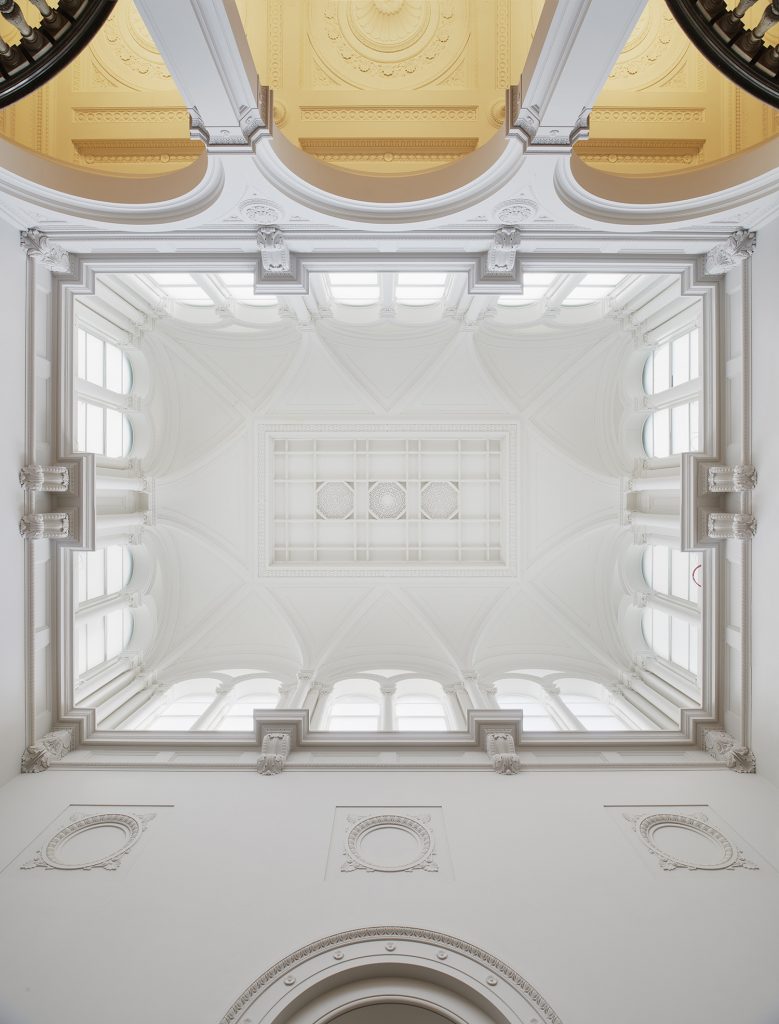
Currently on display in the new Gabrielle Jungels-Winkler Galleries, is the work of internationally renowned visual artist Tacita Dean’s Landscape.
Works include a collection of natural found objects, a mountainous blackboard drawing and a series of cloudscapes in chalk.
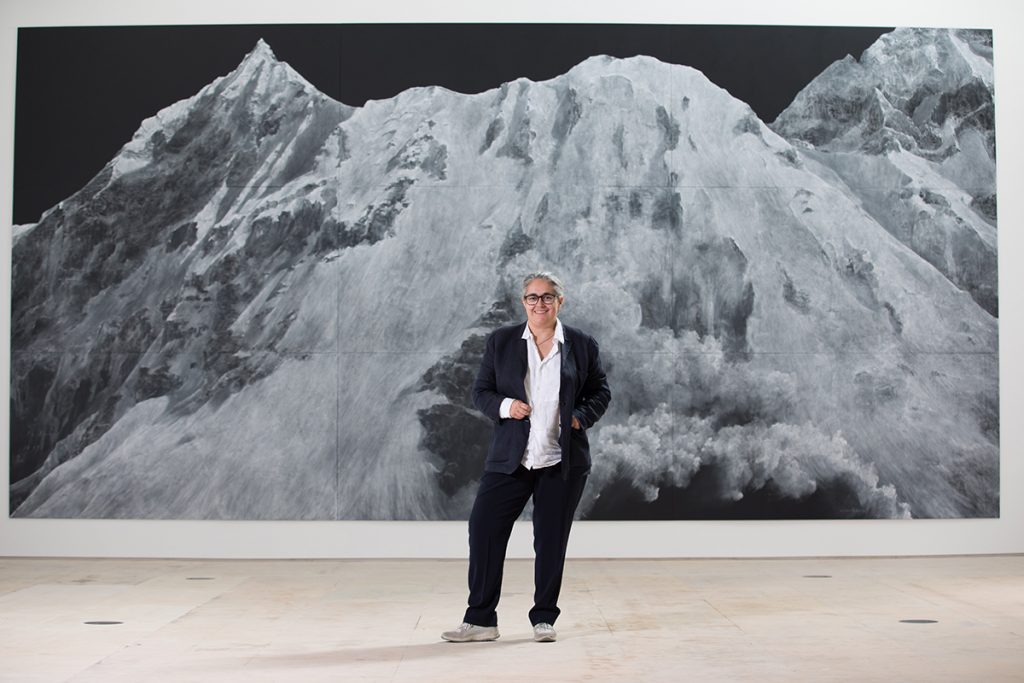
Artwork: Courtesy the artist, Frith Street Gallery, London & Marian Goodman Gallery, New York / Paris
Photo: © David Parry/ Royal Academy of Arts
Described by The Times as “one of the century’s finest restorations” the new look of the Royal Academy is a must-see to visit. To hear more about what the Royal Academy has to offer, visit their website.


